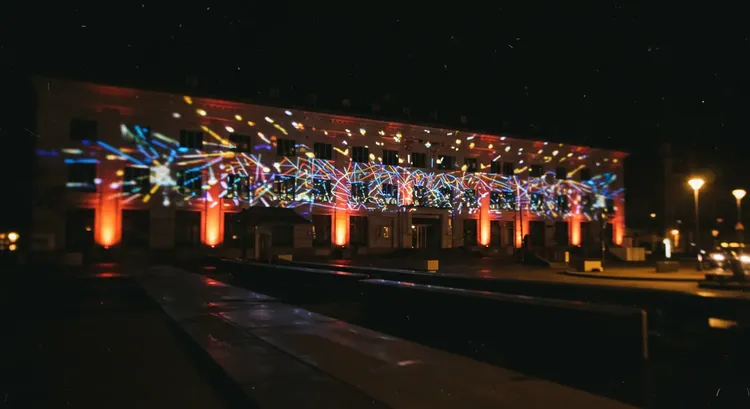How GSM and GPS Technologies Are Revolutionizing Real-Time Architectural Lighting Management 🌟
Modern architectural and street lighting has evolved far beyond simple timer-based systems. Today, thanks to GSM and GPS technologies, it’s possible to not only control lighting remotely but also adapt it in real time to specific conditions, scenarios, and events. In this article, we’ll explore how this works in practice—using the example of the MONARQ system from Sundrax. 💡

